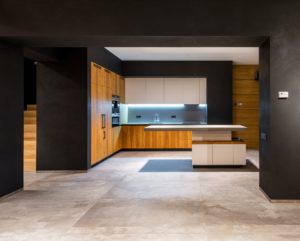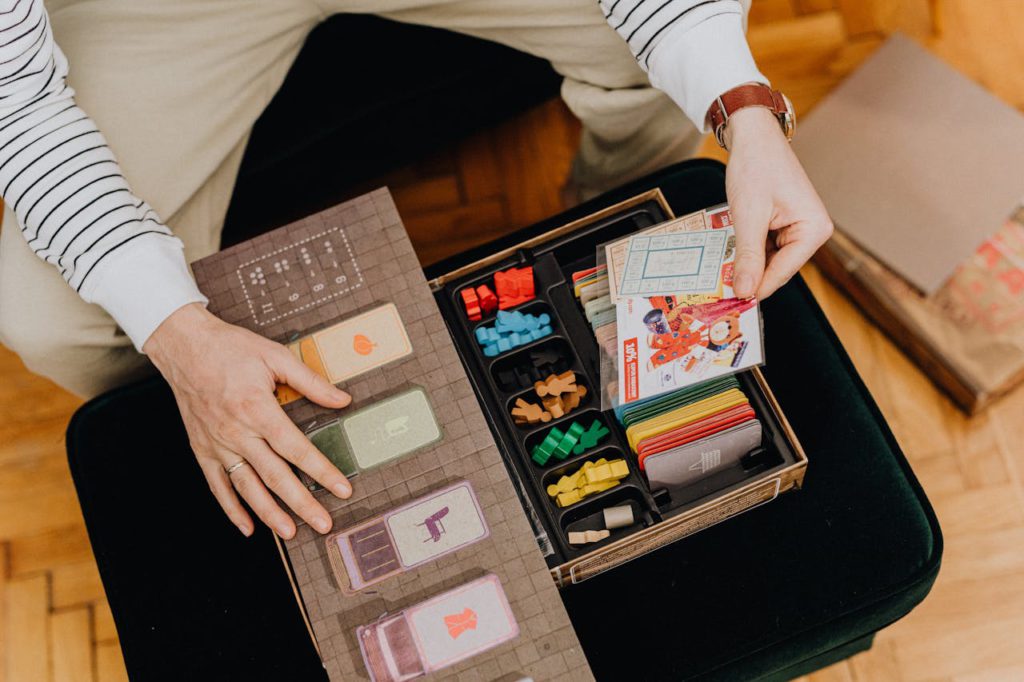In the realm of hospitality, interior design holds a transformative power to shape the guest experience and create memorable environments. Hospitality interior design goes beyond mere aesthetics, weaving together elements of functionality, ambiance, and storytelling to craft immersive spaces that leave a lasting impression. In this article, we will delve into the world of hospitality interior design, exploring its influence on creating immersive environments. We will specifically focus on the significant role of kitchen interior design in enhancing the overall guest experience.
The Essence of Hospitality Interior Design
Hospitality interior design is an art form that strives to create captivating and harmonious spaces in hotels, resorts, restaurants, and other hospitality establishments. It aims to evoke emotions, stimulate the senses, and reflect the unique identity of each venue. By combining functionality, aesthetics, and a deep understanding of the target audience, hospitality interior designers have the power to create transformative environments.
Creating Immersive Experiences
- Ambiance and Atmosphere: Hospitality interior designers craft the ambiance and atmosphere of a space by carefully considering lighting, color schemes, materials, and furnishings. Each element is thoughtfully curated to evoke specific emotions and set the desired mood.
- Flow and Spatial Design: Efficient flow and spatial design are crucial in hospitality interiors. By optimizing the layout and circulation patterns, designers enhance the guest experience, ensuring smooth transitions and intuitive navigation throughout the space.
- Storytelling and Branding: Hospitality interior design serves as a medium for storytelling and branding. Designers incorporate elements that reflect the establishment’s unique identity, history, or culture, creating a cohesive narrative that resonates with guests.
- Sensory Stimulation: Successful hospitality interior design engages all the senses. Through the use of textures, scents, sounds, and visual elements, designers create a multisensory experience that immerses guests in the environment.

The Power of Kitchen Interior Design
The kitchen is a vital component of any hospitality establishment, playing a central role in the guest experience. Effective kitchen interior design enhances functionality, efficiency, and aesthetics while ensuring a seamless workflow for culinary teams.
- Workflow Optimization: Kitchen interior designers collaborate closely with chefs and kitchen staff to create efficient workstations, minimising movement and streamlining processes. Well-designed kitchens enhance productivity, reducing wait times and delivering exceptional culinary experiences.
- Safety and Hygiene: Kitchen interior design prioritizes safety and hygiene standards. It incorporates proper ventilation, non-slip flooring, appropriate lighting, and sanitary materials to create a clean and safe environment for food preparation.
- Aesthetics and Guest Engagement: While functionality is paramount, kitchen interior design also considers aesthetics and guest engagement. Open kitchen concepts, visually appealing displays, and interactive cooking stations allow guests to observe the culinary process, elevating their dining experience.
- Sustainable Design Practices: Kitchen interior designers embrace sustainable design practices, integrating energy-efficient appliances, water-saving fixtures, and eco-friendly materials. This promotes environmental responsibility and aligns with the increasing focus on sustainability in the hospitality industry.
Collaborating with Hospitality Interior Designers
Collaborating with hospitality interior designers can significantly enhance the success of a hospitality establishment.
- Concept Development: Hospitality interior designers work closely with owners and operators to understand their vision, brand identity, and target market. They translate these concepts into tangible design elements that align with the establishment’s objectives.
- Project Management: Designers oversee the entire design process, coordinating with contractors, suppliers, and other stakeholders. Their project management skills ensure that the design vision is executed seamlessly, within budget and timelines.
trends, emerging technologies, and innovative materials. By incorporating these elements, they create contemporary spaces that cater to the evolving preferences of c. Evolving Trends and Innovation: Hospitality interior designers stay abreast of evolving guests.
Hospitality interior design possesses a profound ability to create immersive environments that elevate the guest experience. From the ambiance and storytelling to the functionality and aesthetics, every aspect of design contributes to a cohesive and memorable space. Kitchen interior design, in particular, plays a vital role in ensuring efficient workflow, safety, and guest engagement. Collaborating with hospitality interior designers allows establishments to harness the power of design, creating immersive environments that leave a lasting impression on guests and elevate the overall hospitality experience.
